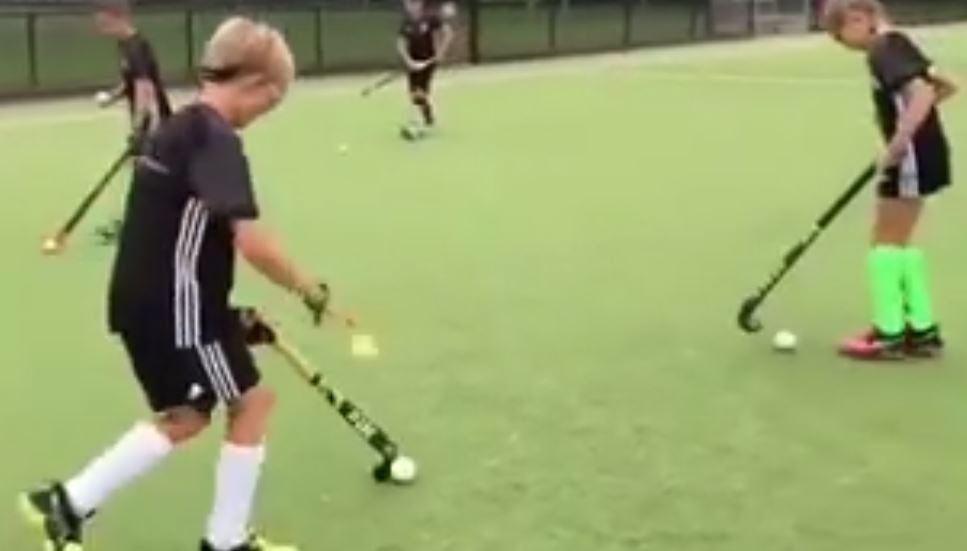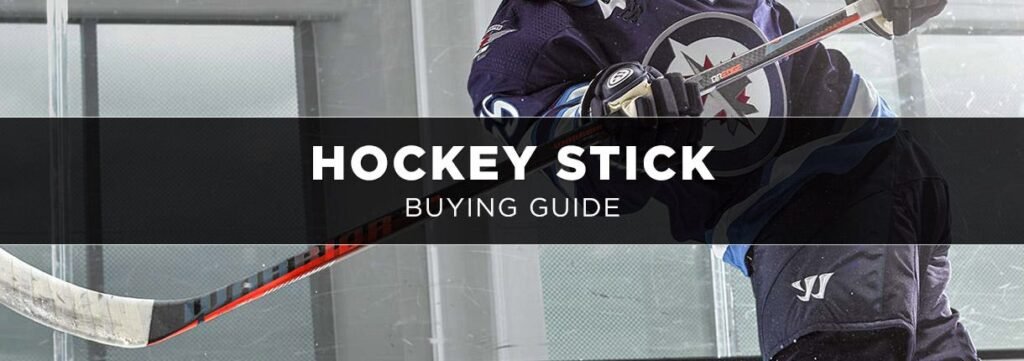As an avid field hockey player and enthusiast, I’ve seen firsthand how a yellow card penalty in field hockey can significantly impact the flow and outcome of a game.
This type of penalty is not something to be taken lightly, and it’s crucial for players at all levels to understand what it entails.
In this article, we’ll delve into the specifics of the yellow card penalty, exploring the reasons behind its issuance, the consequences it brings, and how players can avoid receiving one.
What is a yellow card penalty in field hockey?
In field hockey, a yellow card is a disciplinary action taken by the umpire to penalize players for various offenses. It’s a step up from the green card, which serves as a warning, and indicates a more serious breach of conduct or rules. When a player receives a yellow card, they are temporarily suspended from the game, and their team must play with one less player for the duration of the suspension.
The length of the suspension can vary depending on the severity of the offense and the discretion of the umpire, typically ranging from 5 to 10 minutes. This penalty is recorded against the player’s name, and in some leagues, accumulating yellow cards can lead to additional sanctions or suspensions in future matches.
Reasons for receiving a yellow card

Unsportsmanlike behavior
One of the primary reasons a player might receive a yellow card is due to unsportsmanlike behavior. This can include:
- Arguing with the umpire or other players
- Intentional fouls or dangerous play
- Using offensive language or gestures
Such conduct is not tolerated in field hockey, as it goes against the spirit of the game and can escalate tensions on the field.
Breaking the rules
Another reason for the issuance of a yellow card is the deliberate breaking of the game’s rules. This might involve:
- Intentionally playing the ball with the body or hand
- Committing a deliberate foul to prevent a goal-scoring opportunity
- Repeatedly committing the same offense after being warned
These actions disrupt the fairness and integrity of the game, warranting a sterner penalty than a simple warning.
Delaying the game
Delaying the game is also an offense that can lead to a yellow card. Examples include:
- Time-wasting tactics
- Intentionally causing stoppages in play
- Not retreating the required distance during a free hit
Such behavior is penalized to maintain the game’s pace and ensure that the match is played within the allotted time.
Consequences of a yellow card

Player suspension
When a player receives a yellow card, they must leave the field for a temporary suspension. The duration of this suspension is at the umpire’s discretion and can significantly impact the player’s contribution to the game. During this time, the player must remain in a designated area, typically the sin bin, until they are allowed to re-enter the game.
Team disadvantage
The team of the penalized player faces a numerical disadvantage, which can lead to:
- Increased pressure on the defense
- Reduced offensive capabilities
- Potential for the opposing team to score
This disadvantage can shift the game’s momentum and put the team at a strategic loss until the player returns.
How to avoid receiving a yellow card

Understanding the rules
To avoid the repercussions of a yellow card, players must have a thorough understanding of the rules of field hockey. This includes knowing what constitutes a foul, the boundaries of acceptable behavior, and the penalties for various infractions. Regularly reviewing the rules and attending rules clinics can help players stay informed and play within the guidelines.
Maintaining sportsmanship
Good sportsmanship is key to avoiding disciplinary actions. Players should focus on:
- Respecting opponents, teammates, and officials
- Playing fairly and safely
- Controlling emotions and reactions during high-pressure situations
By upholding the spirit of the game, players can minimize the risk of receiving a yellow card and contribute positively to their team’s efforts.
Conclusion

The yellow card penalty in field hockey serves as a crucial tool for maintaining discipline and ensuring fair play. As players, we must respect the rules and the spirit of the game to avoid such penalties.
By understanding the reasons behind yellow cards and the consequences they carry, as well as striving to maintain sportsmanship, we can enjoy a competitive yet respectful field hockey environment. Let’s all aim to keep our play clean and our records cleaner, ensuring that the focus remains on the skill and excitement of the game.
FAQ
-
What happens when you get a yellow card in field hockey?
Yellow cards: Once a player receives a yellow card, they are suspended from playing between five minutes and ten minutes depending on what the umpire decides. Red cards: Once a player receives a red card, they are permanently suspended from the game without substitution.
-
How many types of penalty cards are there in field hockey?
There are three cards, green, yellow, and red, which are used for misconduct violations. The green card is used for warnings, the yellow card is used to remove a player from the game for a minimum of five minutes, and the red card disqualifies the player from the game.
-
How do you get carded in field hockey?
Charging or advancing towards an umpire or technical official in an aggressive manner. Using rude or abusive language or hand signals. Abuse of hockey equipment or clothing, venue equipment or fixtures and fittings. Entering the field of play for any reason without the permission of the umpires.








